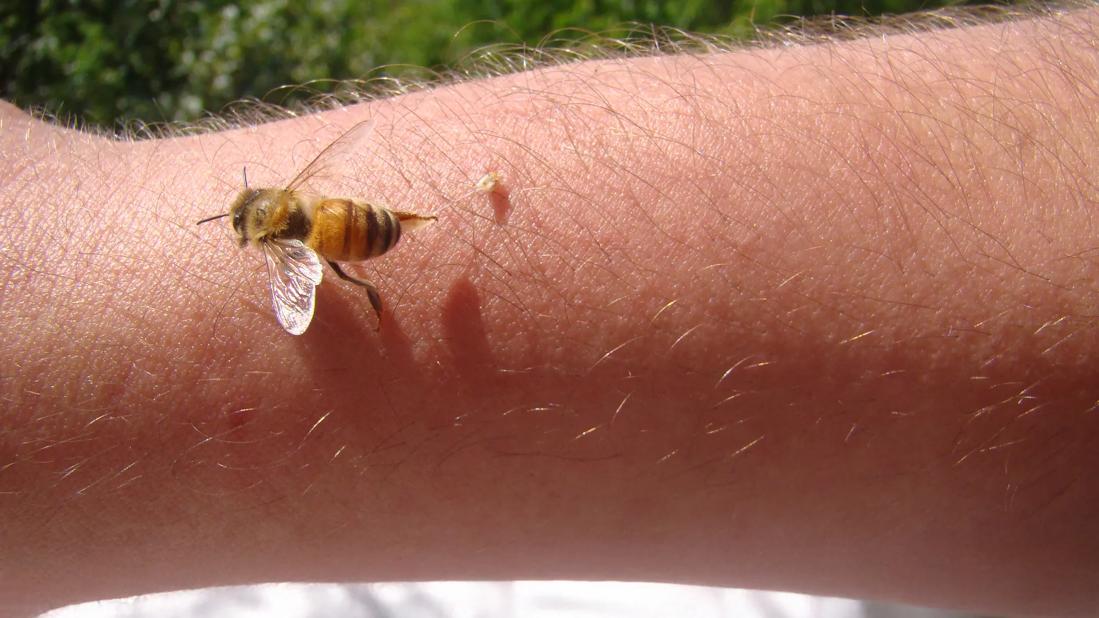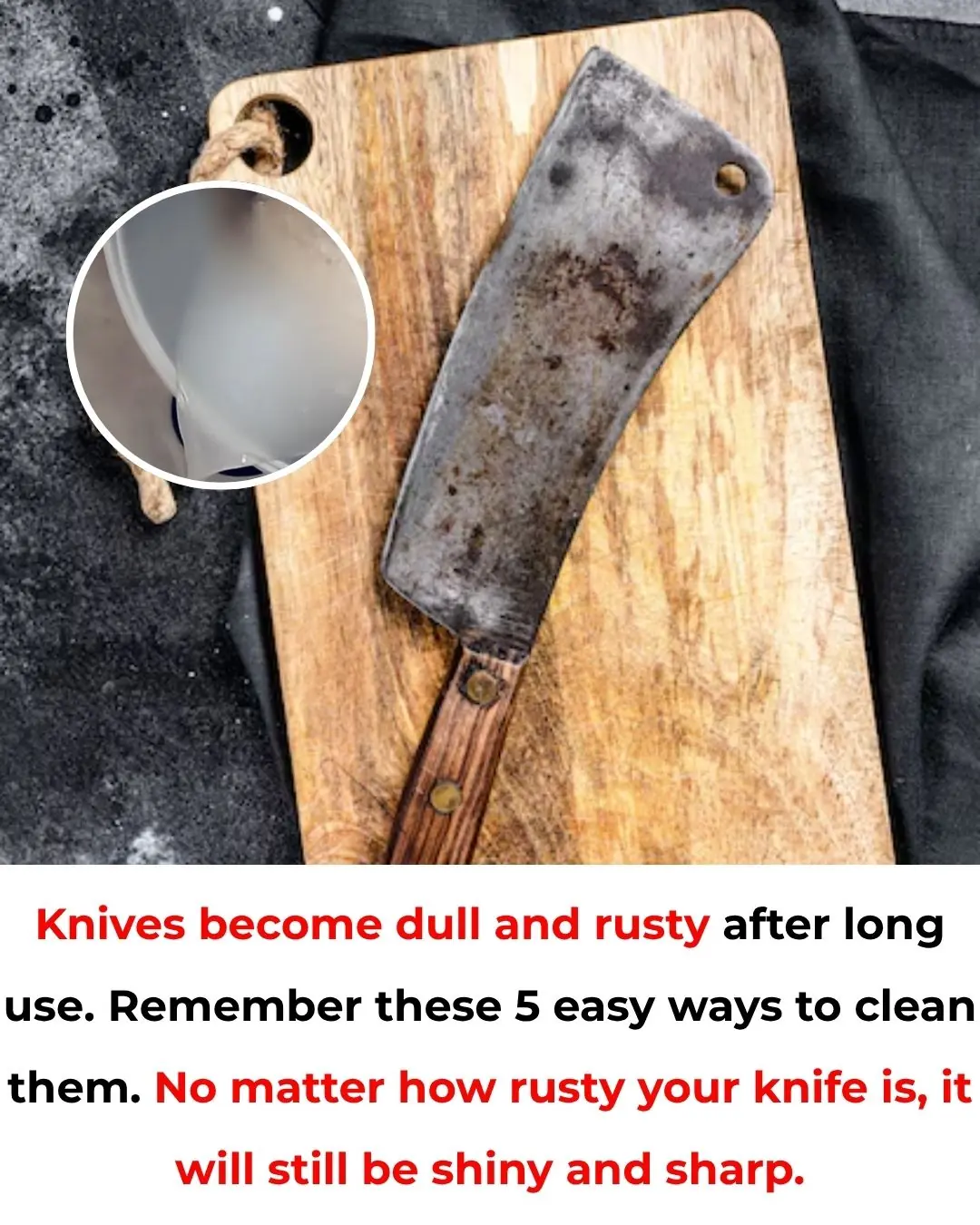
A Simple 1-Minute Trick to Soothe Bee Stings – My Dad’s Easy Home Remedy (Scientifically Explained)
A Simple 1-Minute Trick to Soothe Bee Stings – My Dad’s Easy Home Remedy (Scientifically Explained)
Bee stings are a common outdoor hazard that can instantly turn a relaxing day into an uncomfortable experience. Whether you’re gardening, hiking, camping, or enjoying a picnic, the sharp, unexpected sting of a bee can leave you in pain, searching for fast relief. Although many remedies exist, not all of them work quickly—or conveniently.
Fortunately, my dad taught me a surprisingly simple trick that relieves bee-sting pain in just one minute, using an ingredient almost every household already has. This method has been our family’s go-to remedy for years, and today, I’m sharing it so anyone can use it when needed.
1. My First Bee Sting: A Moment I’ll Never Forget
I still remember the sunny afternoon when I got my first bee sting. I was playing in the garden surrounded by blooming flowers. Out of nowhere, a bee landed on my arm and stung me. The pain was sharp and immediate, spreading through my skin within seconds. I was shocked, uncomfortable, and unsure of what to do.
My dad rushed over as soon as he noticed what happened. Having been stung many times as a child, he knew exactly how to handle it. He assured me the pain would disappear soon and showed me his simple yet incredibly effective method.
2. What Really Happens When a Bee Stings You (According to Science)
According to the Mayo Clinic and the American Academy of Allergy, Asthma & Immunology (AAAAI), a bee sting is a defensive action. When a bee feels threatened, it injects venom into the skin through its stinger.
Bee venom includes several active components:
-
Melittin – causes intense pain and inflammation
-
Phospholipase A2 – breaks down cell membranes, worsening the reaction
-
Hyaluronidase – helps the venom spread through tissues
These substances trigger the redness, swelling, and pain most people feel immediately after being stung.
3. Common Reactions to Bee Stings
As noted by the CDC, most people experience mild to moderate symptoms after a bee sting:
-
Sudden sharp pain
-
Redness around the sting
-
Swelling and heat at the site
-
Itching or tenderness
Some people may develop more severe local swelling lasting several days.
A small percentage (about 1–3%) may experience a severe allergic reaction, known as anaphylaxis. Warning signs include:
-
Difficulty breathing
-
Swelling of lips, tongue, or throat
-
Rapid heartbeat
-
Dizziness or fainting
These symptoms require immediate emergency care.
4. My Dad’s One-Minute Bee Sting Trick
My dad’s remedy requires only one ingredient: baking soda.
Right after the sting, he mixed a bit of baking soda with a few drops of water to form a thick paste. He applied the paste directly to the sting and told me to wait one minute.
To my amazement, the pain faded almost instantly. Within seconds, the intense burning sensation had noticeably decreased—and after a minute, I felt nearly normal again.
5. Why Baking Soda Works So Well
Bee venom has an acidic nature. Baking soda, on the other hand, is alkaline. When applied to the sting, baking soda helps neutralize the acidity of the venom, which reduces pain and swelling.
Additionally, the paste forms a soothing barrier that calms irritation and prevents the venom from spreading further. This simple chemical reaction is what makes baking soda one of the most effective quick remedies for bee stings.
6. What You Need
You only need:
-
One teaspoon of baking soda
-
A few drops of water
Nearly every household has baking soda on hand, making this remedy convenient and inexpensive.
7. Step-By-Step Guide: Relieve the Pain in 1 Minute
-
Remove the stinger if it’s still in the skin by scraping it with a flat object (like a credit card).
-
Mix 1 teaspoon of baking soda with a few drops of water until you get a thick paste.
-
Apply the paste directly over the sting, covering the area completely.
-
Let it sit for at least one minute.
-
Rinse with cool water and pat dry.
-
Repeat if necessary—though most people feel relieved after the first application.
8. Comparing Baking Soda With Other Remedies
Here are some other popular bee sting remedies—and why they’re not always as effective:
-
Ice: Helps reduce swelling, but doesn’t neutralize the venom.
-
Honey: Has anti-inflammatory effects, but relief is slower.
-
Vinegar: Works better for wasp stings (which are alkaline), not bee stings.
Overall, baking soda remains one of the fastest and most reliable options for immediate pain relief.
9. Real-Life Testimonials
Many people who’ve tried this method share the same reaction:
-
“I didn’t believe it would work, but the pain disappeared in less than a minute. It’s now my must-have remedy for bee stings.”
-
“Bee stings used to ruin my day, but now I treat them instantly with baking soda. Such a simple but amazing trick!”
10. Precautions & When to Seek Medical Care
While most bee stings can be treated at home, pay attention to your body’s reactions:
-
Seek medical help immediately if you experience symptoms of anaphylaxis.
-
Visit a healthcare professional if the swelling lasts more than a few days, the pain worsens, or signs of infection appear (pus, spreading redness, fever).
11. Final Thoughts
Bee stings are a natural part of spending time outdoors, but they don’t have to ruin your plans. With my dad’s quick and simple baking-soda remedy, you can ease the pain in just one minute and continue enjoying your day.
Remember: most stings are harmless, but always stay aware of severe allergic reactions. With this easy trick, you’ll be fully prepared the next time a bee decides to pay you an unexpected visit.
News in the same category

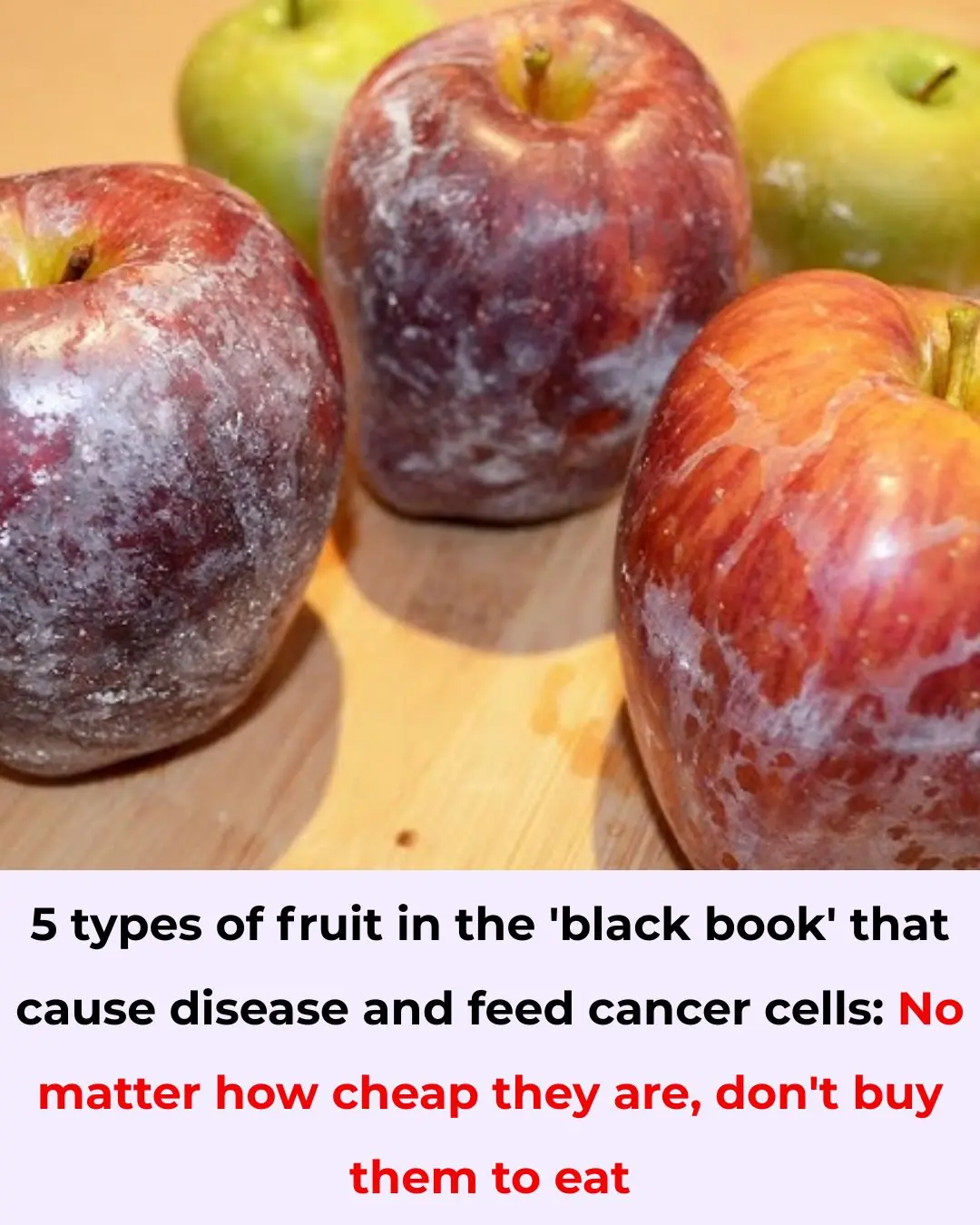
5 Fruits on the ‘Blacklist’ That Can Cause Cancer – Avoid Buying Even If Cheap
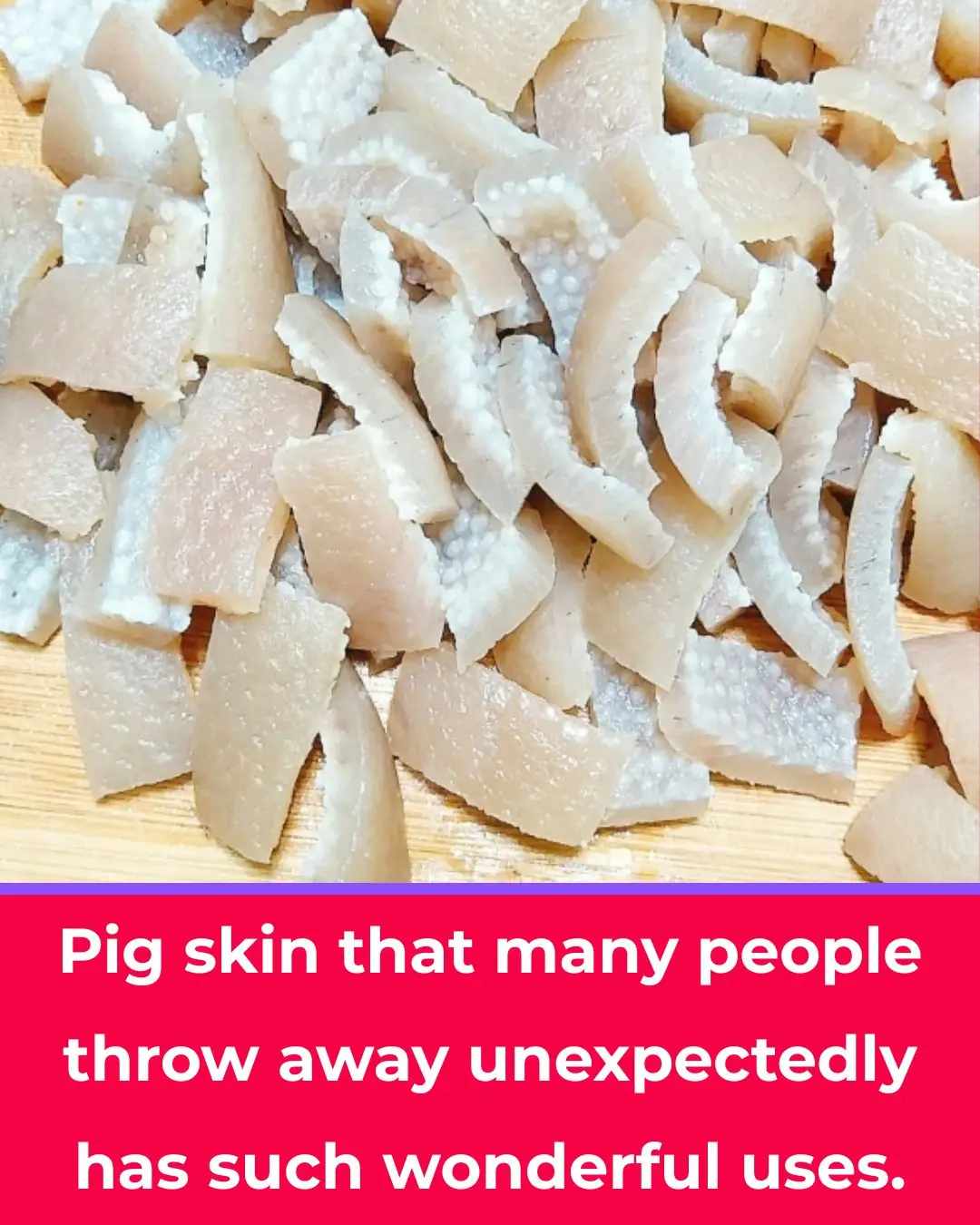
Pork Skin – The Often Overlooked Superfood
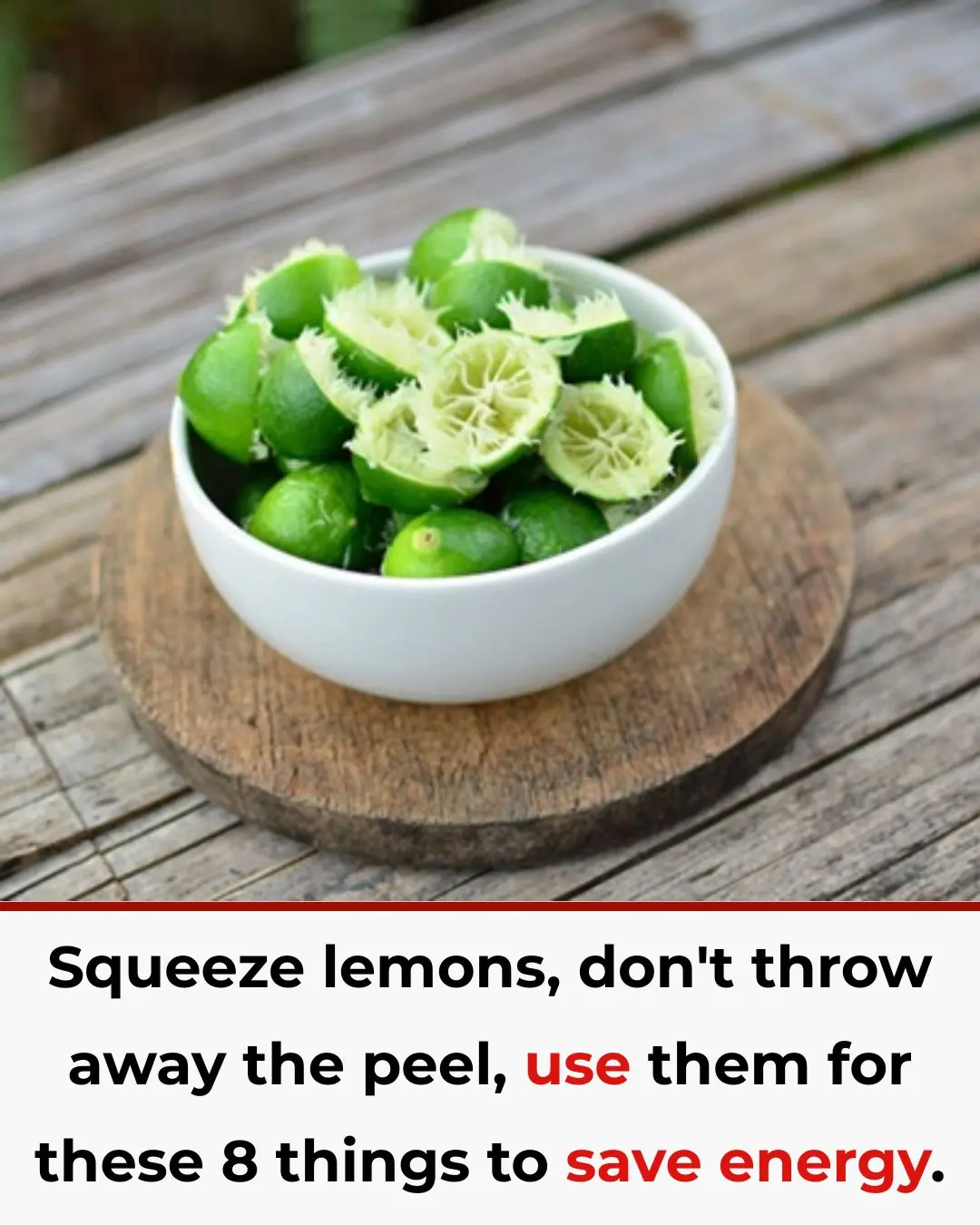
Don’t Throw Away Lemon Peels! Use Them for These 8 Household Tasks and Save a Ton of Money
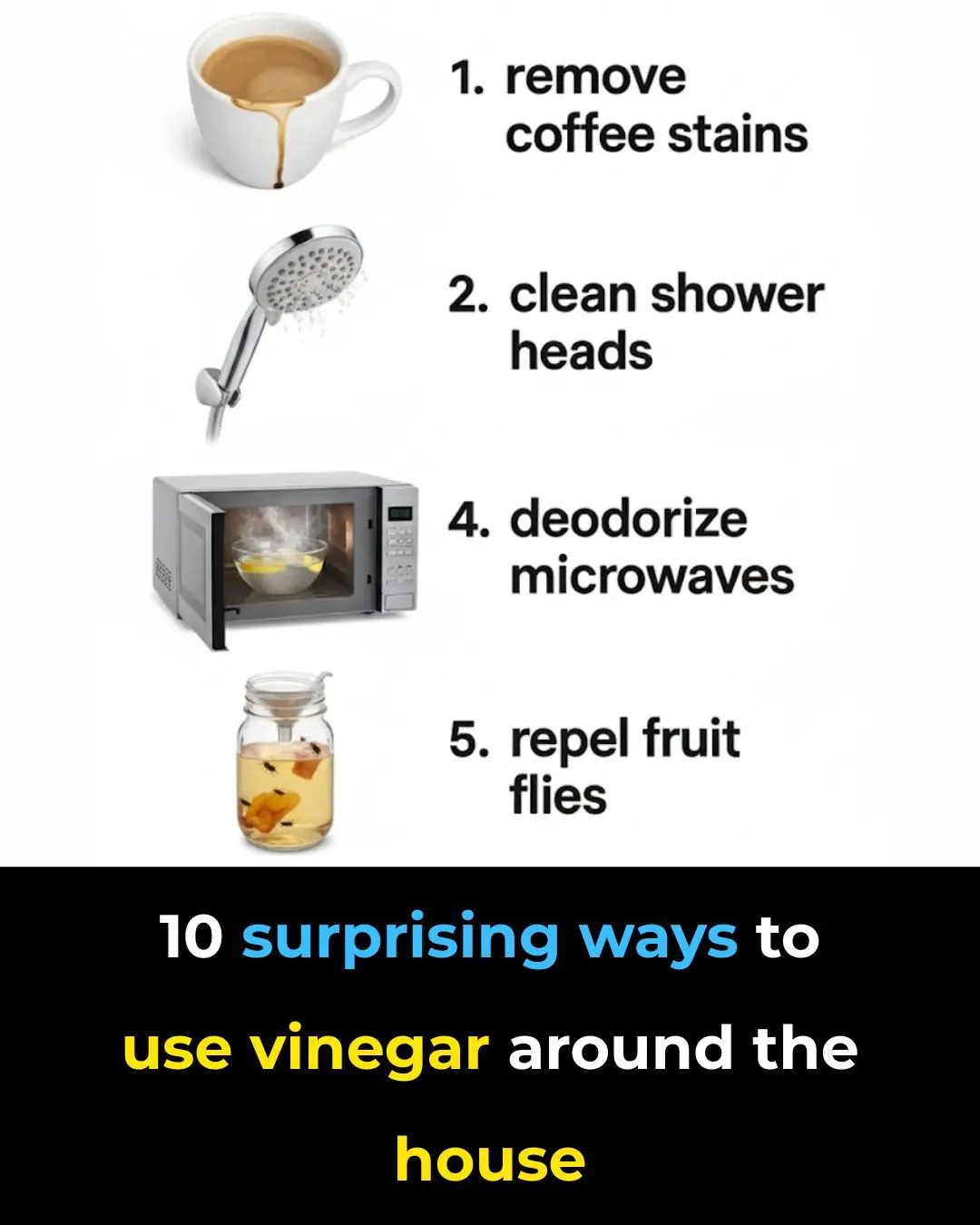
10 surprising ways to use vinegar around the house
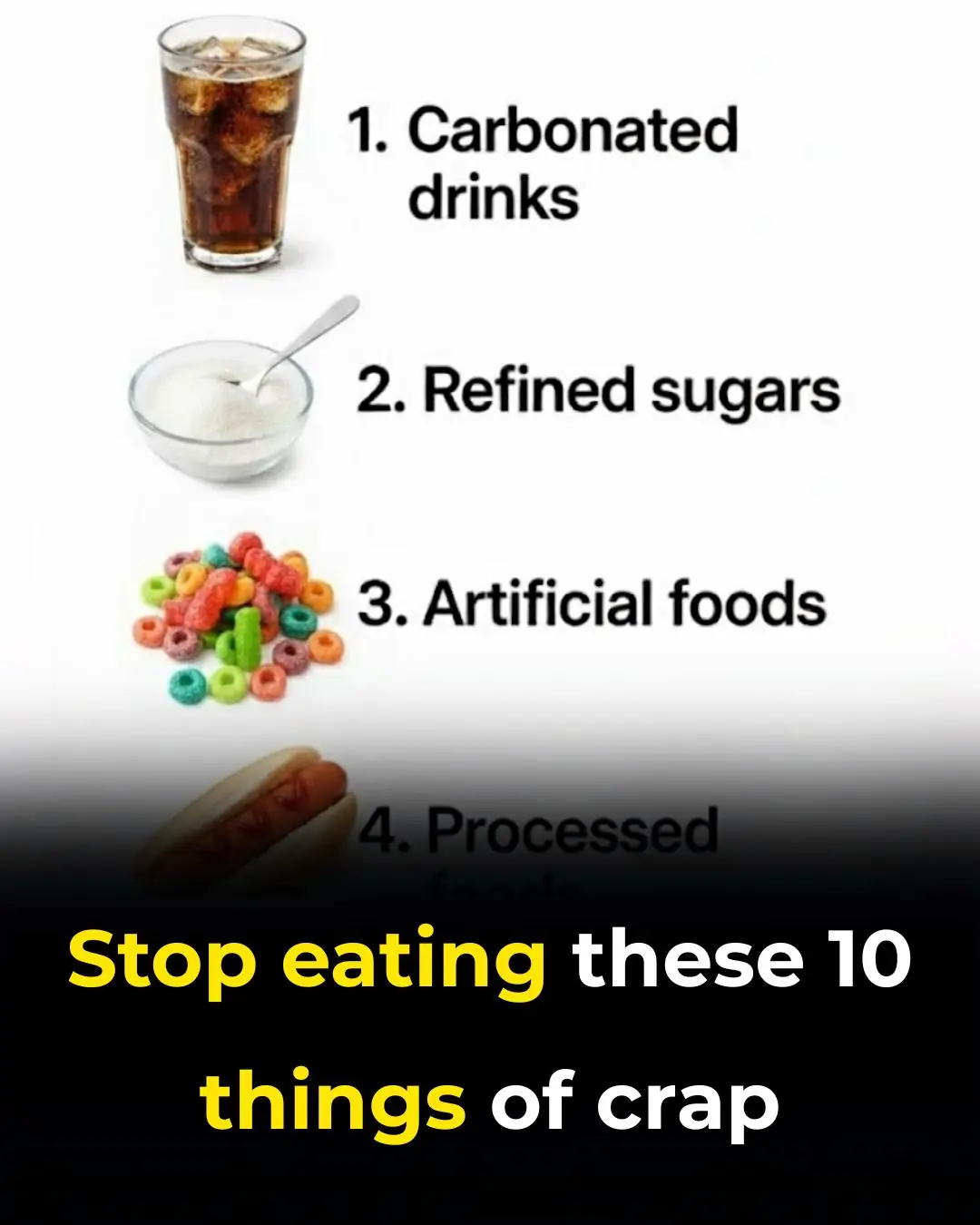
Stop eating these 10 things of CRAP

Mix Banana Peels With This and Leave It in a Corner — Roaches Will Disappear Overnight
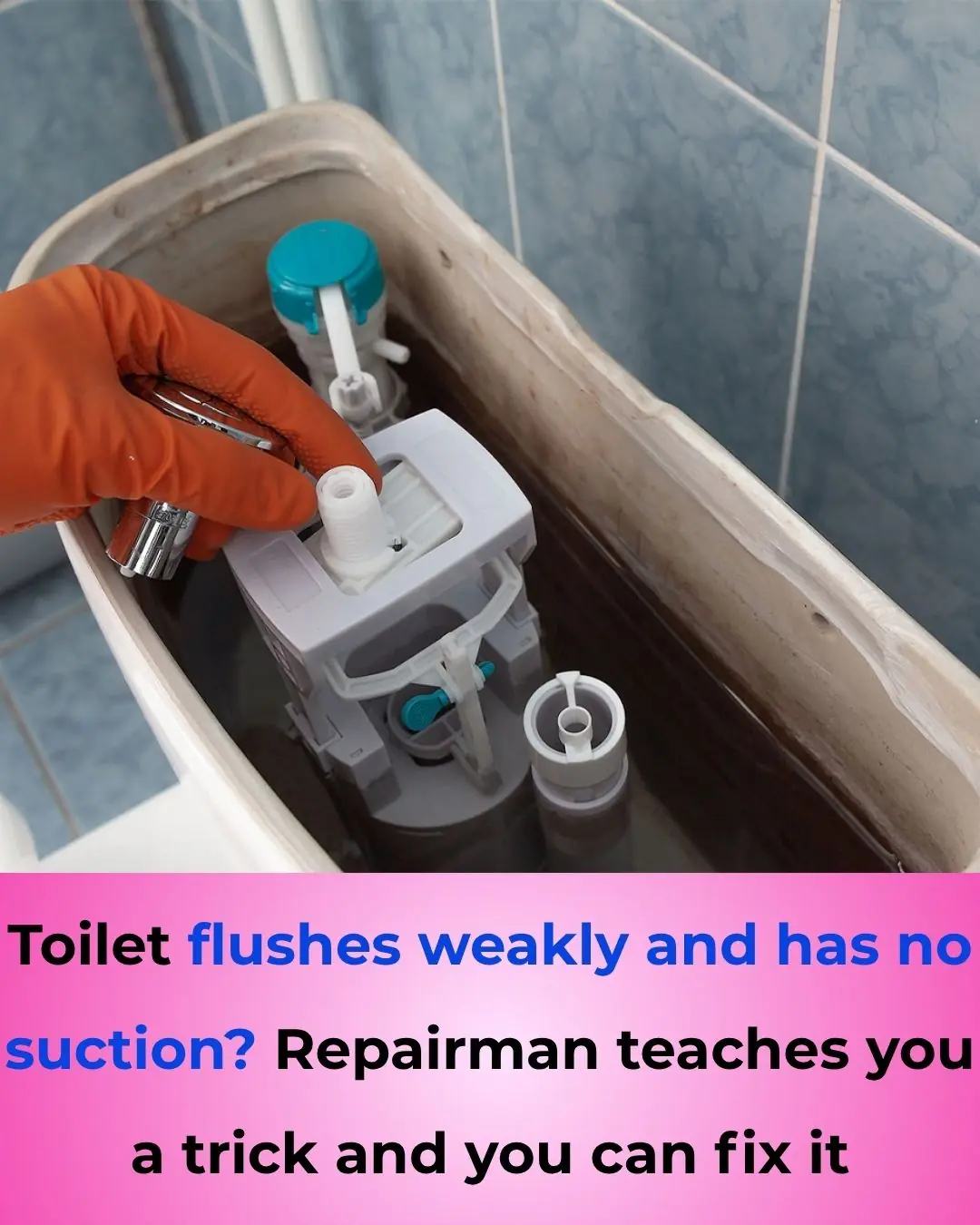
Weak Toilet Flush and No Suction? A Simple Trick From a Professional That Fixes It Instantly

Genius Ways to Store Ginger Without a Refrigerator — Keep It Fresh for an Entire Year

Everyday Habits That Could Be Quietly Ruining Your Home
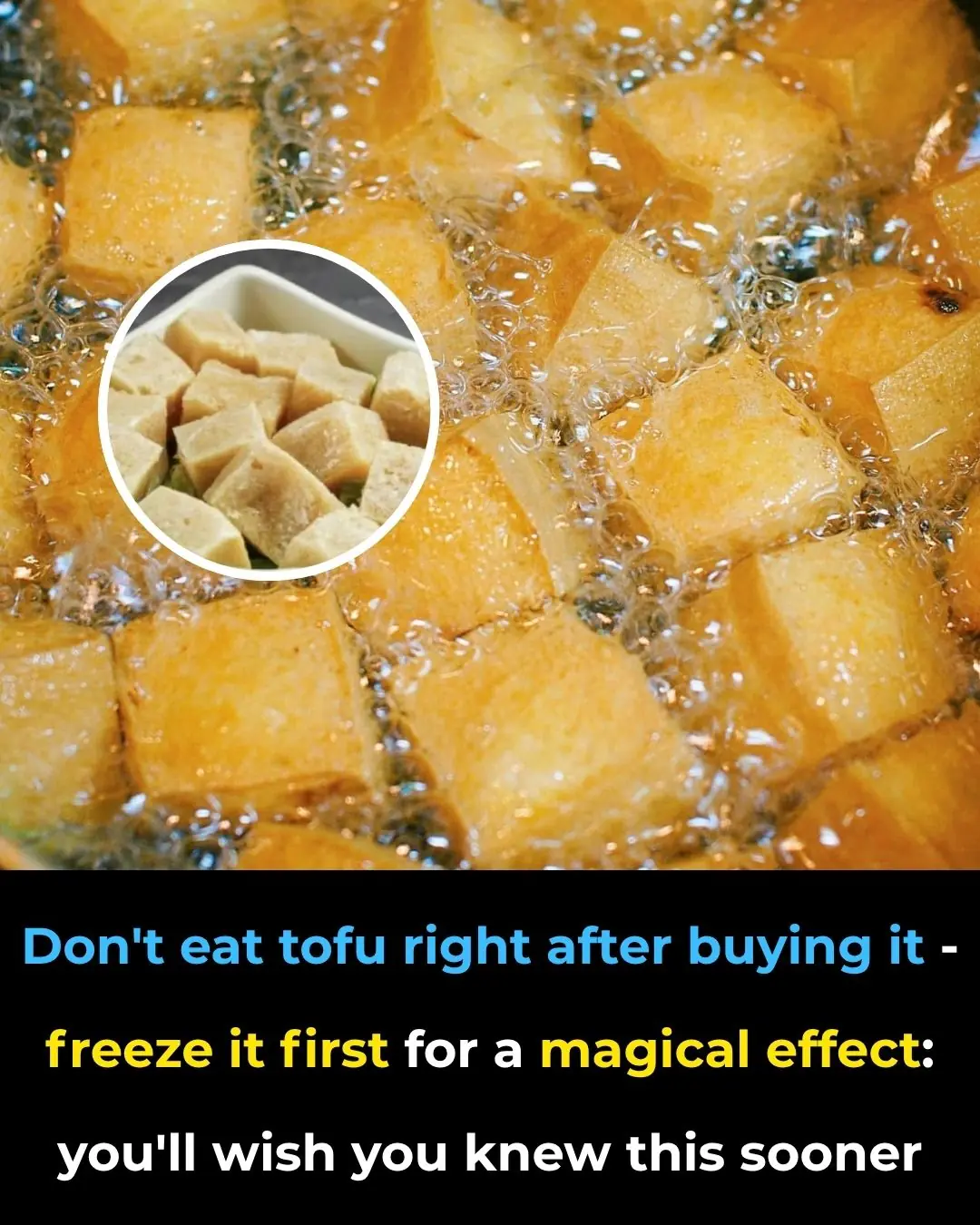
The Secret Trick That Makes Tofu Taste Better
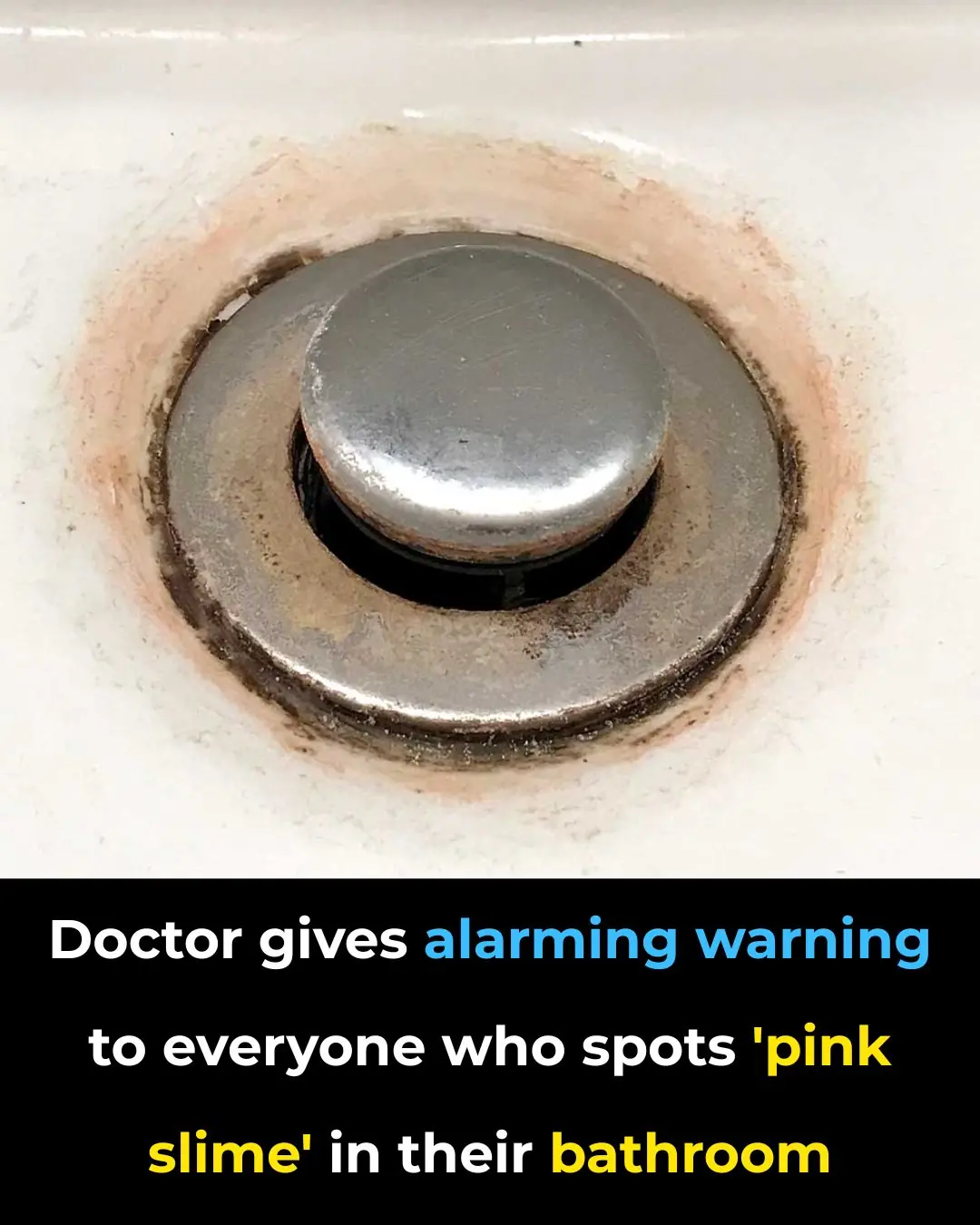
Thought this was mold but I guess not. Am gonna check my bathroom again

When washing clothes, don’t just put in detergent! Do this little trick, dirty clothes will be like new!

How to dry clothes quickly and not smell bad even if it rains for days on end

The 'lightning-fast' secret to making sweet, flavorful Japanese-style sweet potatoes in just 5 minutes
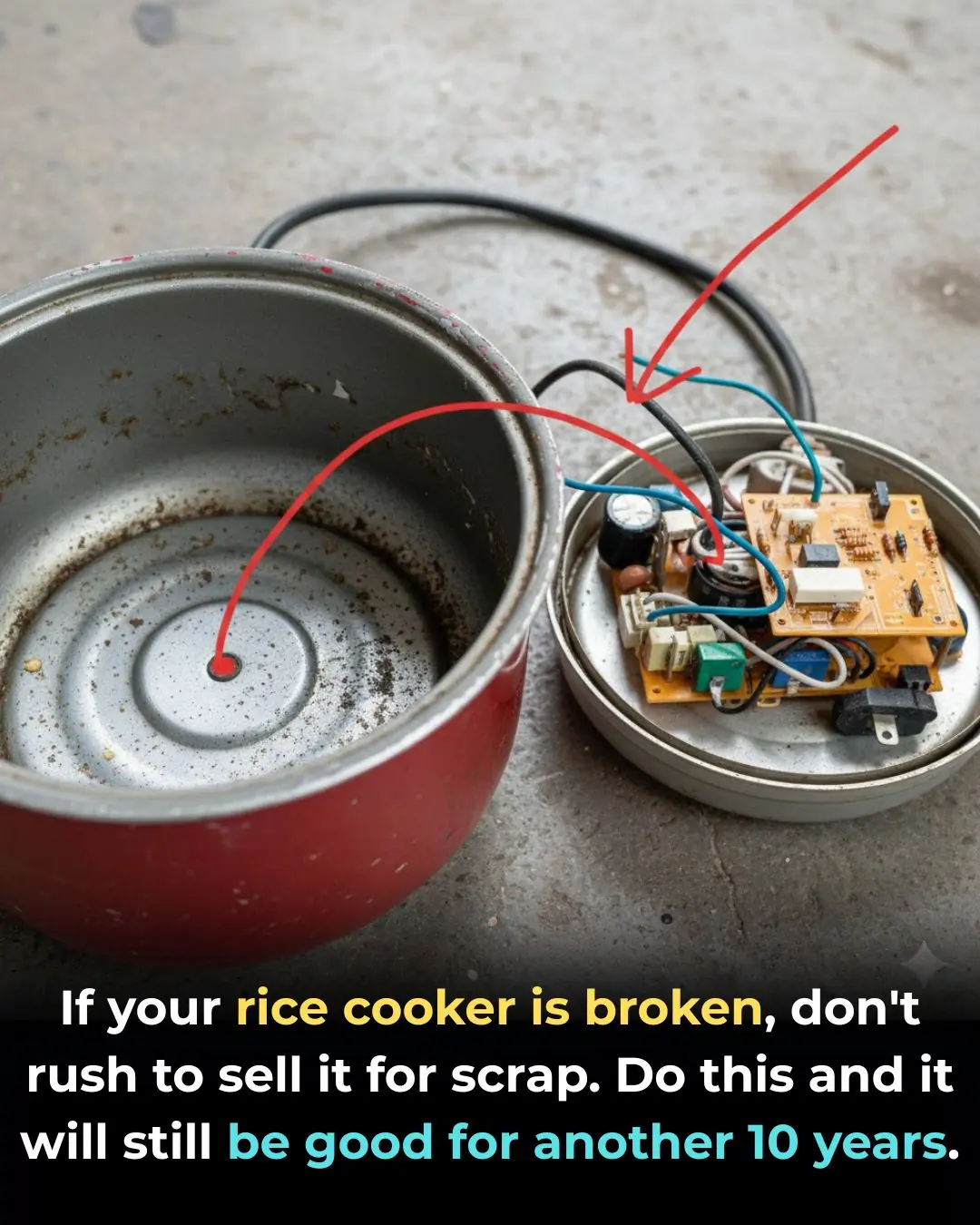
If your rice cooker is broken, don't rush to sell it for scrap. Do this and it will still be good for another 10 years.

Refrigerator has a small button that can save millions in electricity bill: Many people don't know this.
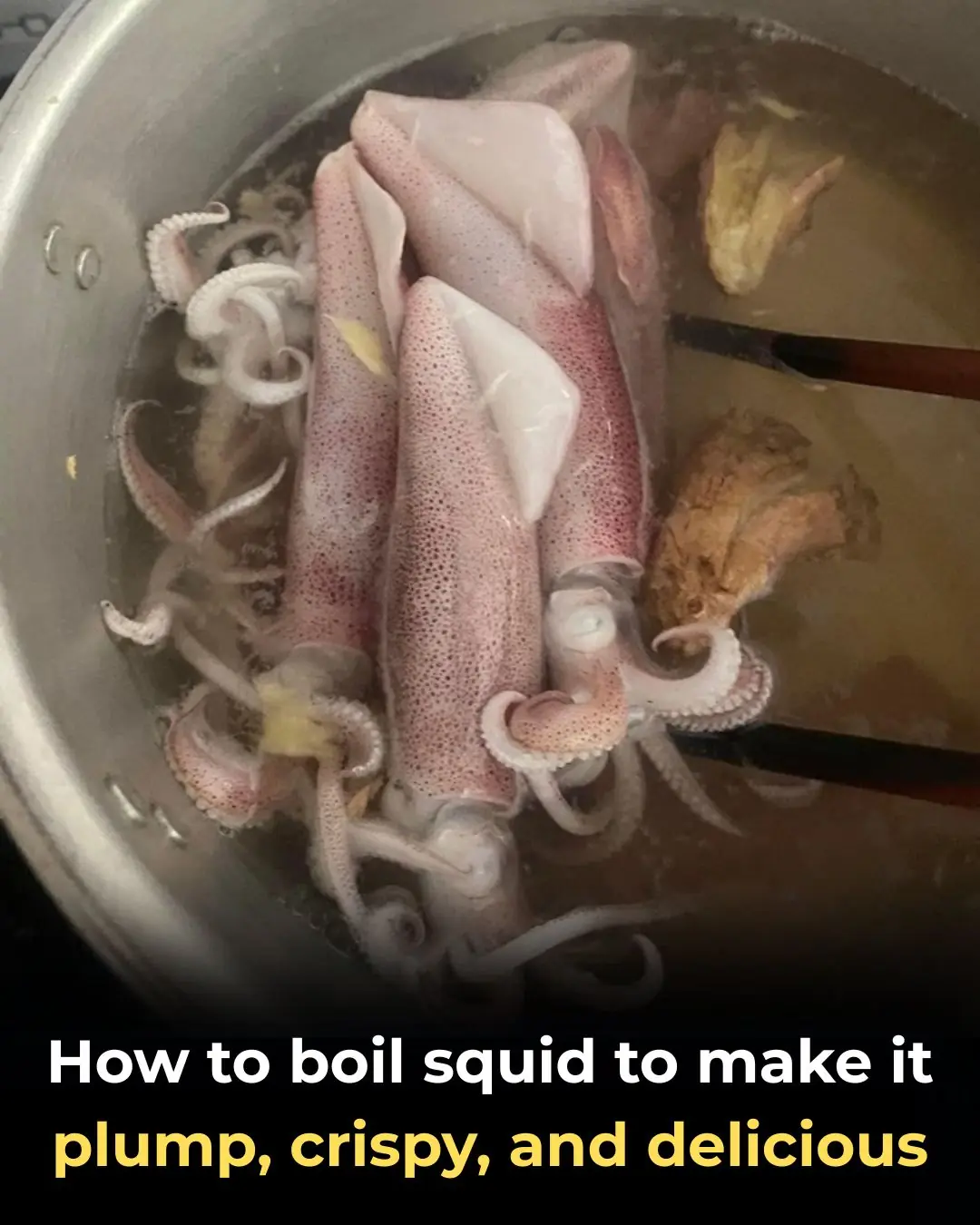
How to boil squid to make it plump, crispy, and delicious
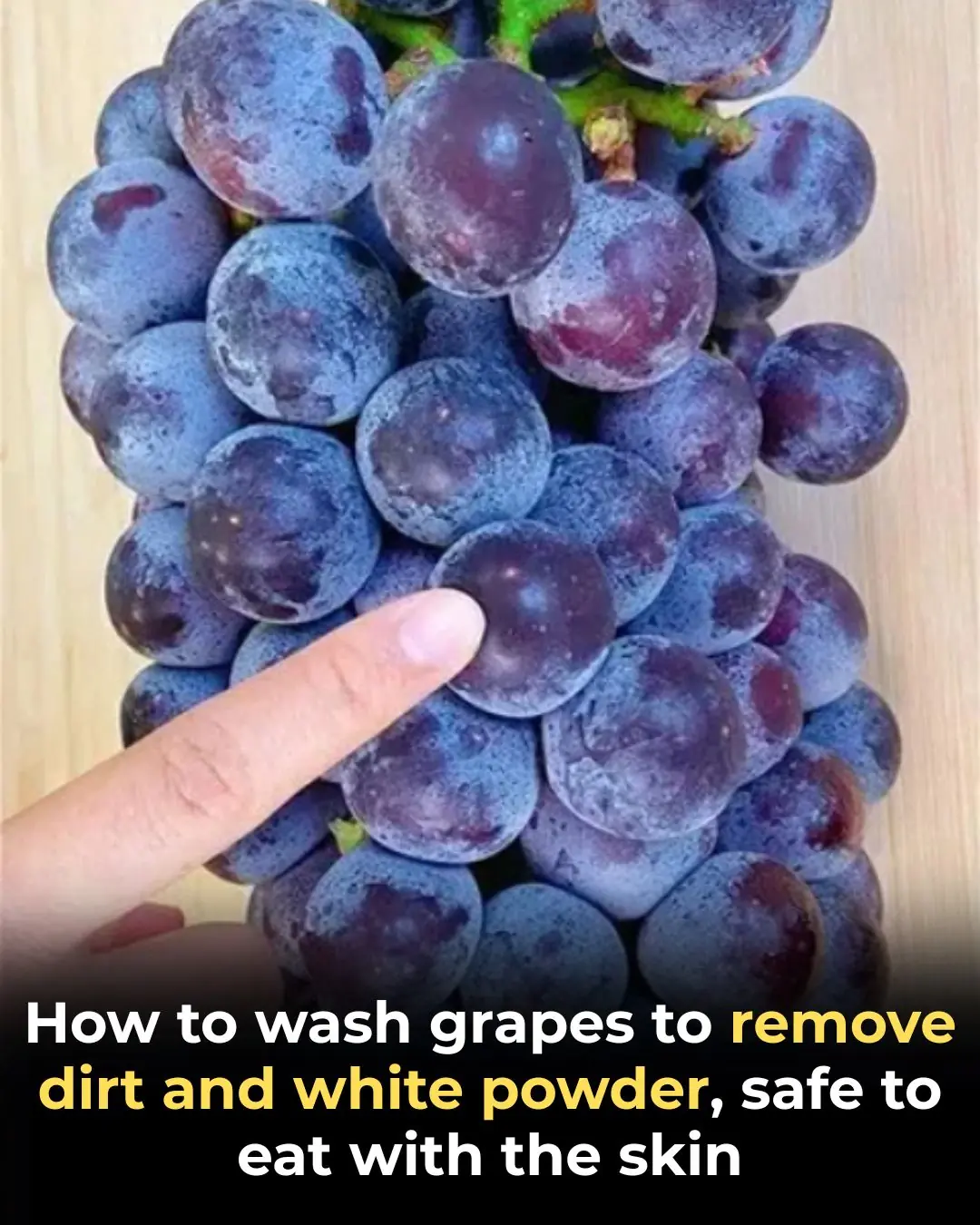
How to wash grapes to remove dirt and white powder, safe to eat with the skin
News Post

I’m A Celebrity stars ‘get sick’ after attempting the Bushtucker eating trials, reveal Ant and Dec

Princess Kate ‘urges Prince Harry to come back home’ in hope for Prince William reunion
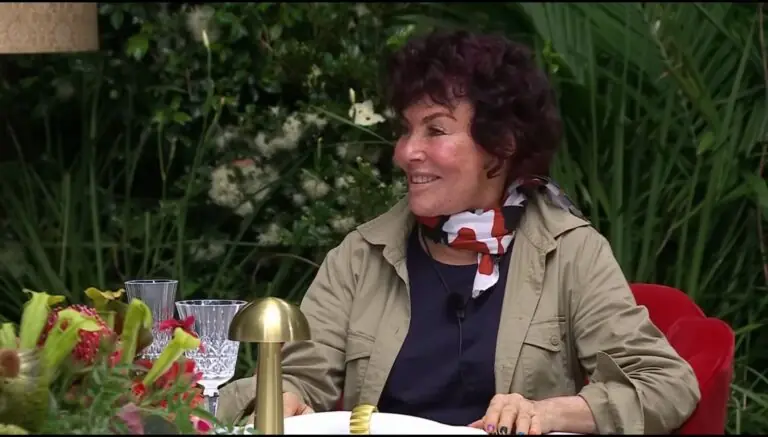
I’m A Celebrity star declares ‘I want to keep an eye on her’ as Ruby Wax shows her true colours

I’m A Celebrity viewers ‘in tears’ as Jack Osbourne gets emotional over dad Ozzy’s death

You’re Storing Your Spices Wrong — Here’s How to Do It Properly

Most People Have No Clue — The Real Reason Your Jeans Have That Tiny Pocket

Most People Will Never Know — The Real Reason Pen Caps Have Holes

I Had No Clue About This — The Right Way to Store Cooked Rice Safely
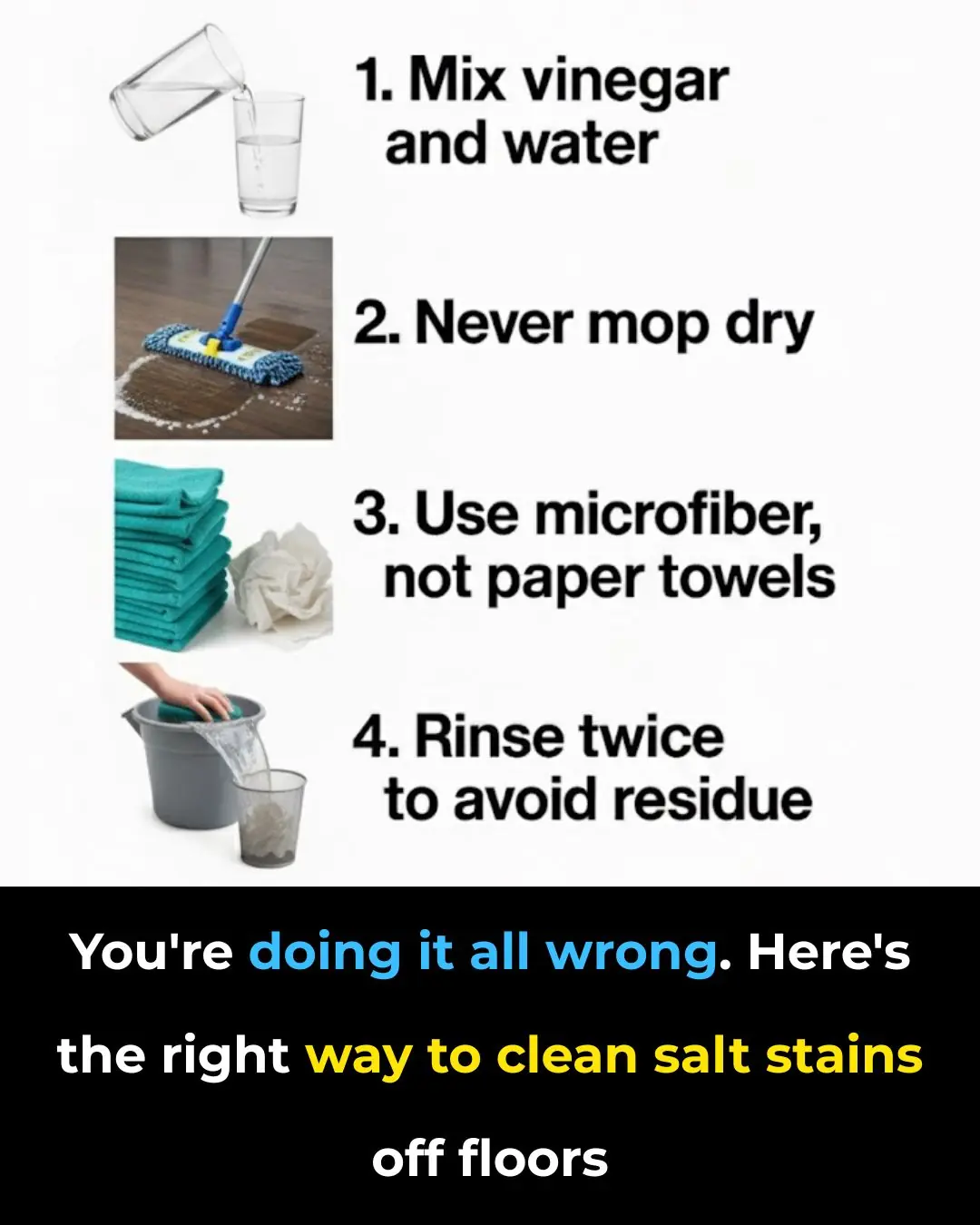
You're Doing It All Wrong. Here’s the Right Way to Clean Salt Stains Off Floors
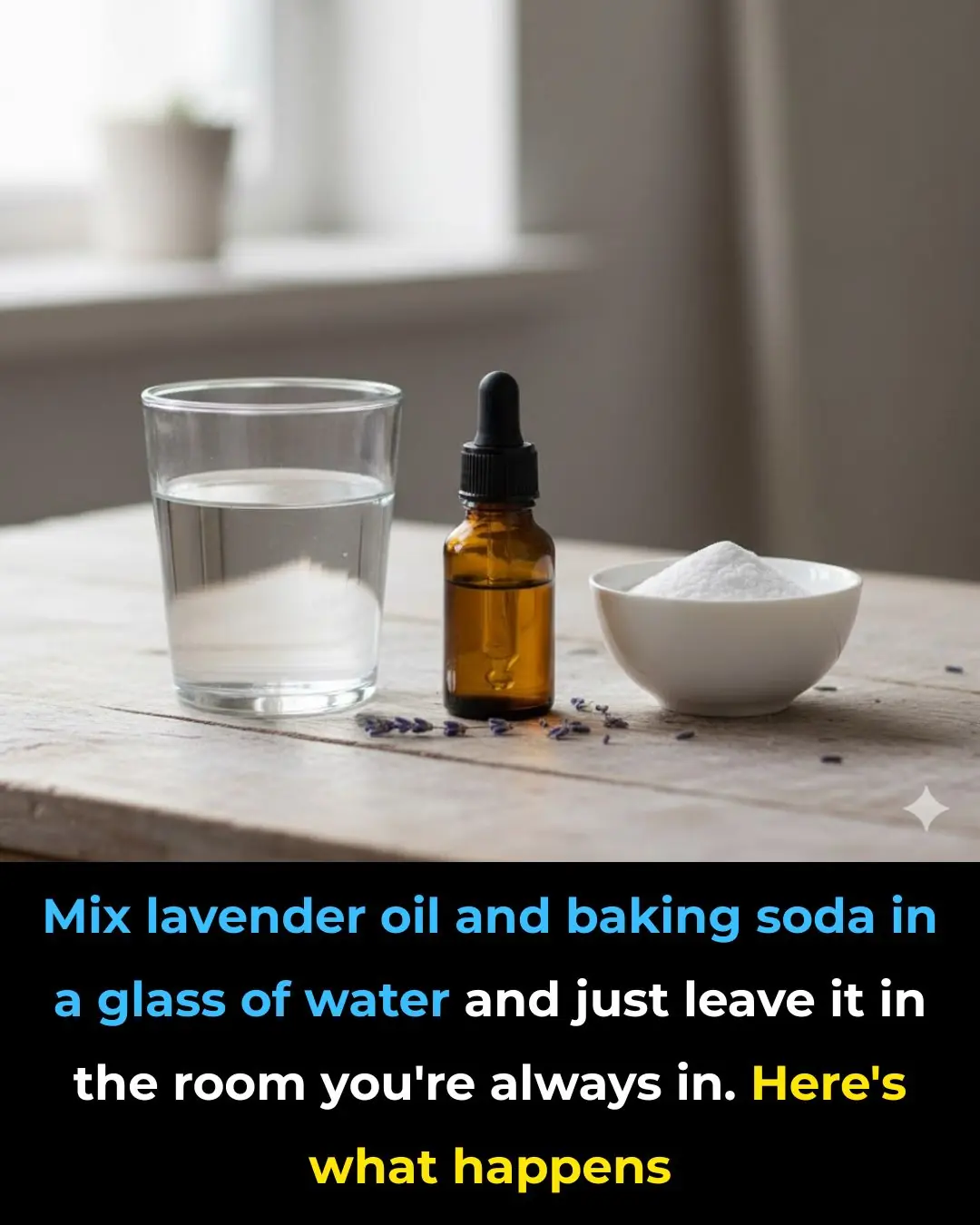
Just Tried This — and Wow, It Works
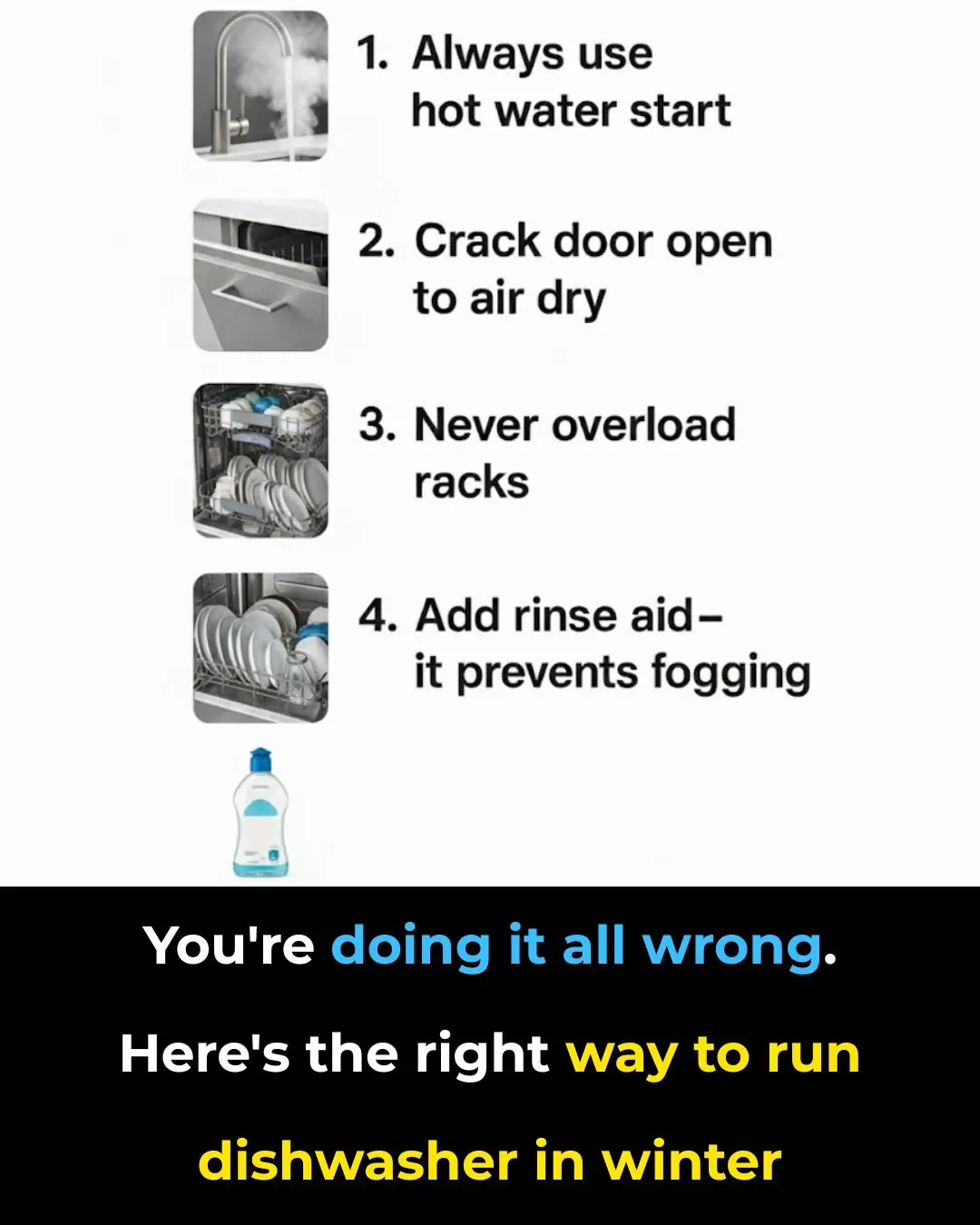
You're Doing It All Wrong: Here’s the Right Way to Run Your Dishwasher in Winter

You're Doing It All Wrong — Here’s the Right Way to Maintain Your Furnace Filter

Rose Essential Oil: New Research Shows 30 Days of Aromatherapy May Boost Gray Matter Volume

Norway’s Living Kelp Barriers: Nature-Built Protection for a Changing Coastline

EMBER — THE KITTEN WHO CAME OUT OF THE FIRE.

Italy’s Porous Streets: A Quiet Innovation That Lets Cities Breathe Again

When the Sky Attacked, Hundreds of Pelicans Waited for a Miracle.

The Little Dog Behind the Fence With the Biggest Heart.

